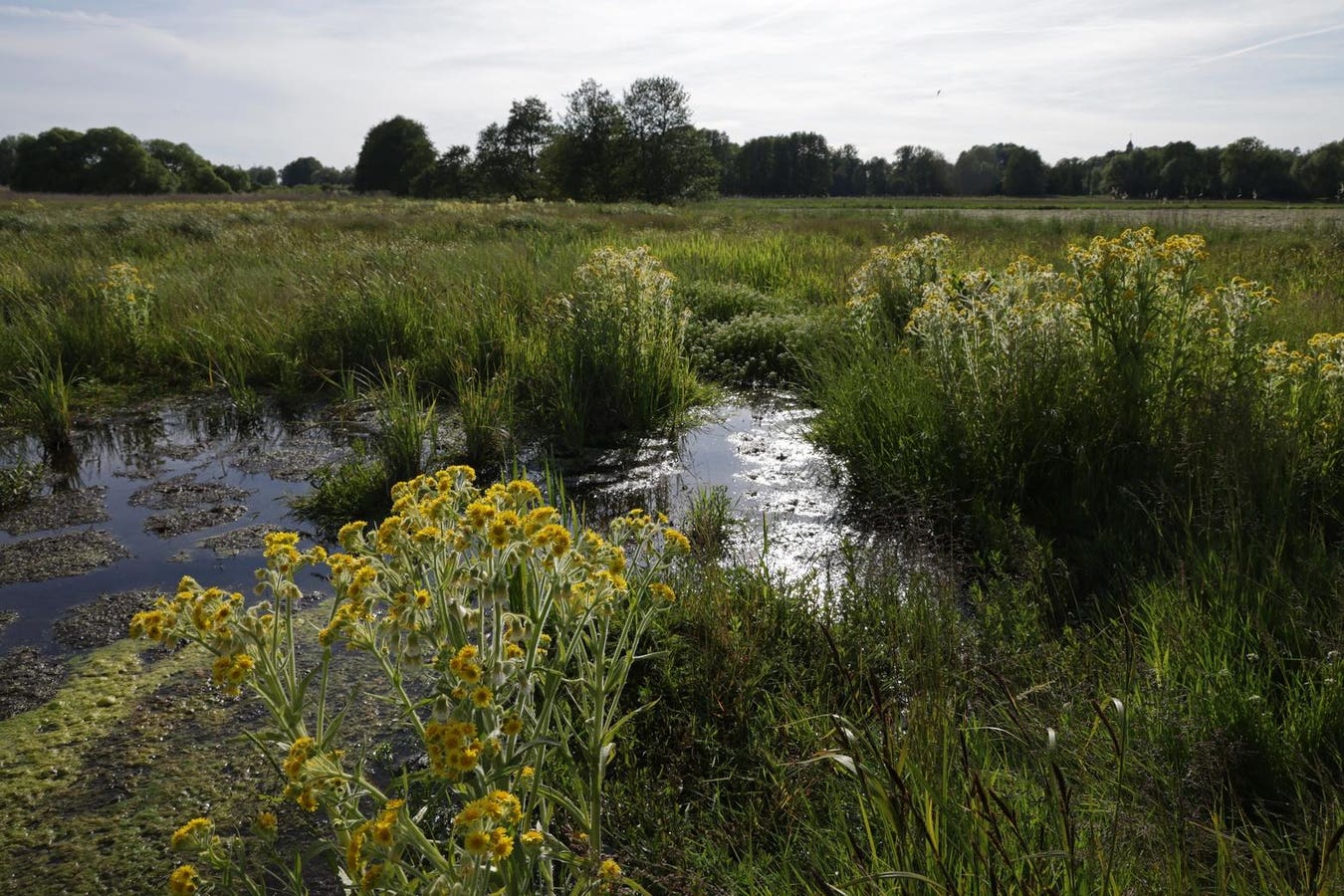Picture of a peatland in EU. Peatland restoration is area of nature credits. (Photo by Sean … More
The EU has just released a roadmap for nature credits. For those new to the space, it may not be easy to understand at first what these two words mean together—Nature and credits. Nature is the emerging term for nature-positive actions—things that have a positive impact on freshwater, land, or biodiversity. Credit, in this case, refers to certified units of positive outcomes for Nature, such as healthier soils or cleaner water. Nature credits could be a big part of driving investment in Nature.
A lot of finance will flow into natural investments in the coming years, so strong guardrails are essential to ensure it reaches the right causes, supporting real, measurable, nature-positive action. That’s why the EU’s new roadmap is important. The first-of-its-kind roadmap sets the course for structures to guide the flow of these investments, especially from the private sector. The role of the private sector is important because, as much as USD 700 billion—a number stated in the roadmap—is needed per year to restore the health of many of our natural ecosystems, which cannot be met by public finance alone.
The announcement from the EU is a welcome signal to the private sector, especially when leading governments such as the US are rolling back their commitments to sustainability, encouraging the outflow of finance. Many sustainability-focused funds have seen net outflows of USD 8.6 billion, driven by geopolitical uncertainty and ESG backlash. Such outflows are concerning at a time when more funds are needed.
Against this backdrop, the roadmap gives hope. It is a short document and comes across as refreshingly honest. It doesn’t claim to solve everything but lays out the foundation. So, what will the roadmap help do?
Build Credibility For Nature Credits
The new roadmap recognizes the importance of standards and certification in building the nature credit market. It is mentioned that the EU Commission will work with an expert group on nature credits to mobilize expertise, share best practices, and provide input.
Standards and certification are critical to build credibility and are important for this niche market to really work. Standards define the methodologies against which credits can be verified. Verification ensures the credits being traded have a real-world impact and are not bogus. For example, if a project is certified as nature-positive, it should be backed by data from the ground on biodiversity, water, etc. following a certain standard. And if a credible certification agency verifies that, companies can trust the nature credits they buy. OfCourse, one would want to put their money into such investments unless this credibility is built.
The caveat is that standards and certification alone cannot ensure credibility. The carbon credit market’s credibility has been questioned despite the presence of several standards and certifacation agencies. For instance, South Pole was questioned last year on overestimating credits. It will be helpful to see how the roadmap, in its actions, addresses the inherent challenges and complexity of certification and verification.
Gauge The Demand And Supply Of Nature Credits
So far, there’s been a lot of talk about nature credits, but no precise data on how big the market is or could be in the coming decade. Unlike carbon markets with well-developed forecasts, we don’t yet have similar numbers for nature credit market. According to one estimate, the voluntary carbon market is expected to grow from $2 billion in 2020 to as much as $200 billion by 2030-40. The roadmap commits to understanding demand and supply, a much-needed step to understanding the nature market size gap.
Such market-sizing exercises are beneficial guiding points for private sector players to strategically plan and invest. However, it’s worth considering that many conservationists cast doubt on treating nature as a tradable commodity with a price tag. Their argument being can one put a price on nature? But there is also a counterargument that without a price—or the right price—nature is overexploited.
Valuing nature is not new. The discussions on putting a price on ecosystem services have been around for more than decade. Values of some activities in nature can be estimated by how much people such as tourists want to pay to travel to areas rich in nature, a method that has been around for some years. For instance, a 1999 study explores public willingness to pay for Nature in a natural park in the UK. Some UN organizations, such as UNEP’s The Economics of Ecosystems and Biodiversity initiative and the Capitals Coalition, have been highlighting the importance of recognizing the hidden value nature and the ecosystem services it provides.
Learn From The Past Lessons Of Carbon Credits
Applying lessons from the carbon credit market to the nature credit market can be better than starting from an empty slate. Thankfully, carbon markets have reached a mature stage. Last year, carbon credits were accepted into countries’ national targets under Article 6.2, allowing international trade. Countries like Indonesia and several countries in Africa now have their own carbon exchanges.
The caveat here is that nature is far more complicated to measure than carbon, which makes applying past lessons less straightforward. For example, in carbon markets, one unit equals one ton of CO₂ avoided or removed. But for nature, how do you measure a positive gain across multiple metrics—like water, air, and land? It will be helpful to see how these questions are explored in upcoming discussions of the roadmap.
Test And Scale Up Nature Credit Through Best Practices
The roadmap also recognizes the importance of public seed finance in de-risking early investments. It mentions pilot projects in some EU countries and examples of EU companies or EU-funded initiatives already working on nature credits, and it highlights that lessons from these will help shape what comes next.
The challenge here is that scaling up is as important as testing. There are numerous examples of successful pilots, but not enough examples of practices that have been scaled. It is the scaling-up angle where many big companies face significant challenges, such as differences across countries, a shortage of capital, and a lack of returns. Pilot successes are essential, but not sufficient. And if the roadmap offers lessons to scale up, that is precisely what is needed.
The roadmap is a welcome step, as much private investment will flow into nature-based solutions in the coming years. Much of the success of this roadmap will depend on the details that emerge over the next two years—this is a space to watch. The roadmap is a pioneering attempt to create a credible market for nature.









